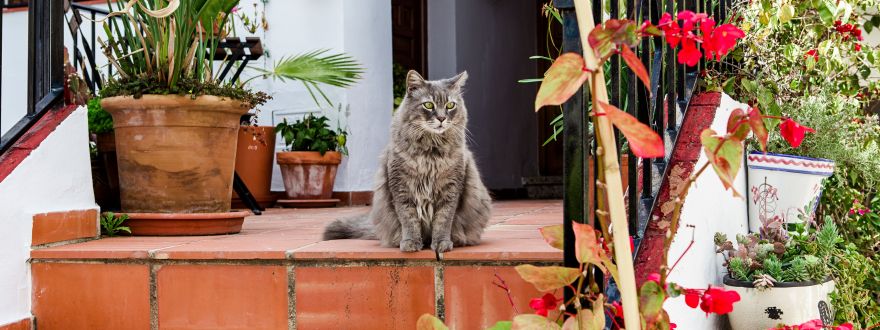
Plants
Plants will either lead a wildfire to your home, or stop it. A Firescaped landscape will endure firebrands for days, intense heat for weeks, and never ignite. Below are two groups of plants that everybody in fire country should know.
FIRE RETARDANT — Tests have shown that when this group of plants is healthy, they will sizzle and wilt when exposed to flames, but are reluctant to produce flames. If properly maintained, these plants can catch and extinguish firebrands. The tradeoff for this protection is irrigation. Most of these plants need supplemental water to maintain adequate plant moisture and health. Below is a small sampling of this group.
Common Name // Botanic Name
Crape Myrtle // Lagerstroemia spp.
Fescue // Festuca spp.
Flax // Phormium tenax
Gazania // Gazania spp.
Grape // Vitis spp.
Lily of the Nile // Agapanthus spp.
Philodendron // Philodendron spp.
Photinia // Photinia spp.
Redbud // Cercis spp.
Succulents // (This includes many different plants)
Sweet gum // Liquidambar spp.
FIRE RESISTANT — A fire resistant plant repels fire. Their leaves and twiggy growth will produce a flame when exposed to flames and heat, but the flame quickly dies. Thick bark and dense wood protects the plant from fully igniting. Many of these plants survive direct flame contact; some resprouting within a month after a wildfire. Using plants that resist fire and rapidly resprout is vital to reducing risks of erosion following a fire. Although fire resistant plants are drought adapted, most would benefit with an occasional deep watering. Below is a small sampling of this group.
Common Name // Botanic Name
Artemisia ‘Silver King // Artemisia ‘Silver King
California lilac // Ceanothus spp.
Coast Live Oak // Quercus agrifolia
Cotoneaster // Cotoneaster spp.
Lemonade Berry // Rhus integrifolia
Island mallow // Lavatera spp.
Rockrose // Cistus spp.
Toyon // Heteromeles arbutifolia
Verbena // Verbena spp.
Yarrow // Achillea spp.
Yucca // Yucca spp.
The Problems with Plant Lists
If you’ve spent enough time in fire country, you know: plant selection is not the most dominant factor in your landscape’s ability to repel a wildfire. Any plant with dead, dying, diseased or dry parts is far more flammable as a consequence. Landscape maintenance is the most dominant factor to protection.
Gardeners in fire country see their landscape as fire would—we are constantly removing the kindling and that fundamental part of fire building. Our energy replaces that of a wildfire’s, no matter what type of plant is on the landscape.
(Article courtesy of our company, Mercury Insurance. See more from Mercury about Firescaping your yard here.)





